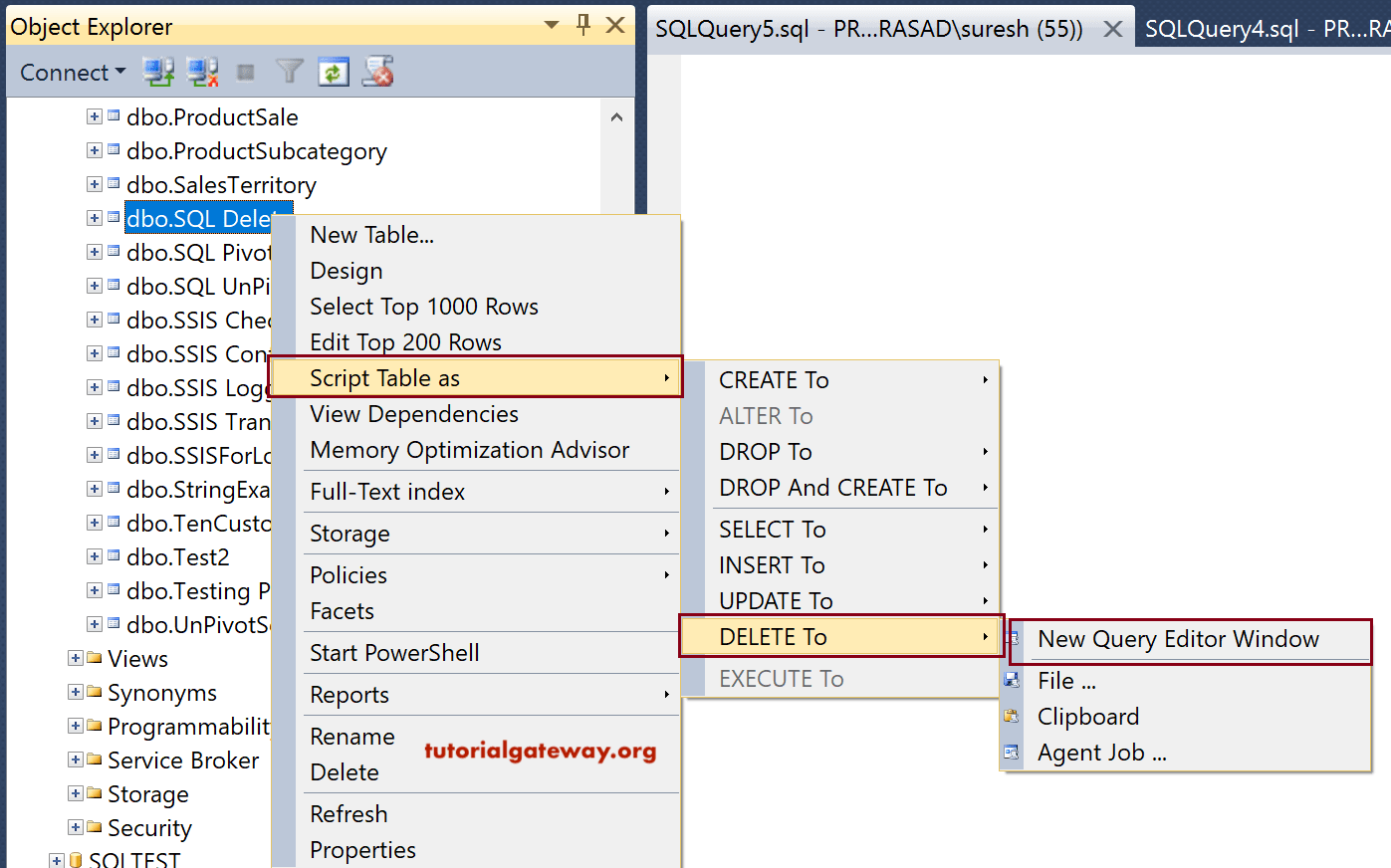

Click the play button next to any table name to quickly return a sampling of 100 rows from that table.

#Psequel cancel a query code#
Editor Settings: Toggle on/off settings for the code editor.Select a historical query run and click Open to replace the code currently in the query editor with the code from that run. View History: The running history of each query execution, including the raw code (as written), rendered code (SQL sent to the database after processing all Liquid code), and any data that was returned.If you don't like how it formats your code, click it again to revert. Format SQL: Automatically indents and formats your SQL code for you.This speeds up exploratory querying but should be unchecked once you want to see a complete result set. Automatically appends LIMIT 100 to your query so no more than 100 rows are returned in the result set. Select a portion of your code before clicking Run to execute only that portion. Across the top of the query editor are a number of controls: The code editor is powered by Ace and supports most Ace keyboard shortcuts and context-aware autocomplete for database objects (e.g., column and table names), SQL keywords, and Definitions. TIP: To tell which charts you've added to the Report Builder, look for a blue checkmark symbol within each chart's icon.Ĭode editor: Compose your SQL code here.
#Psequel cancel a query plus#
Or, click the plus button below your chart to add a new one Use the overflow menu to add or remove your Chart from the Report Builder, duplicate, explore, and more. Each visualization that you build using a query's data.To add a new query, click on the plus button to the right of the Data header. Use the context menu to rename, duplicate, delete, and more. Click on a Query to select it and edit its code. Report navigation panel - Use the navigation panel to quickly navigate between the Report Builder, a Python/R Notebook, and the data section. The query editor contains a number of sections that should be familiar to you if you have worked with other SQL clients before: All new reports are automatically added to your Personal Collection.Īfter creating a Report, you will be taken to the editor to write your first query.

Navigate to the Mode home page and click the New button in the upper right corner of the window to create a new report and get started. The report is where analysis happens in Mode.


 0 kommentar(er)
0 kommentar(er)
